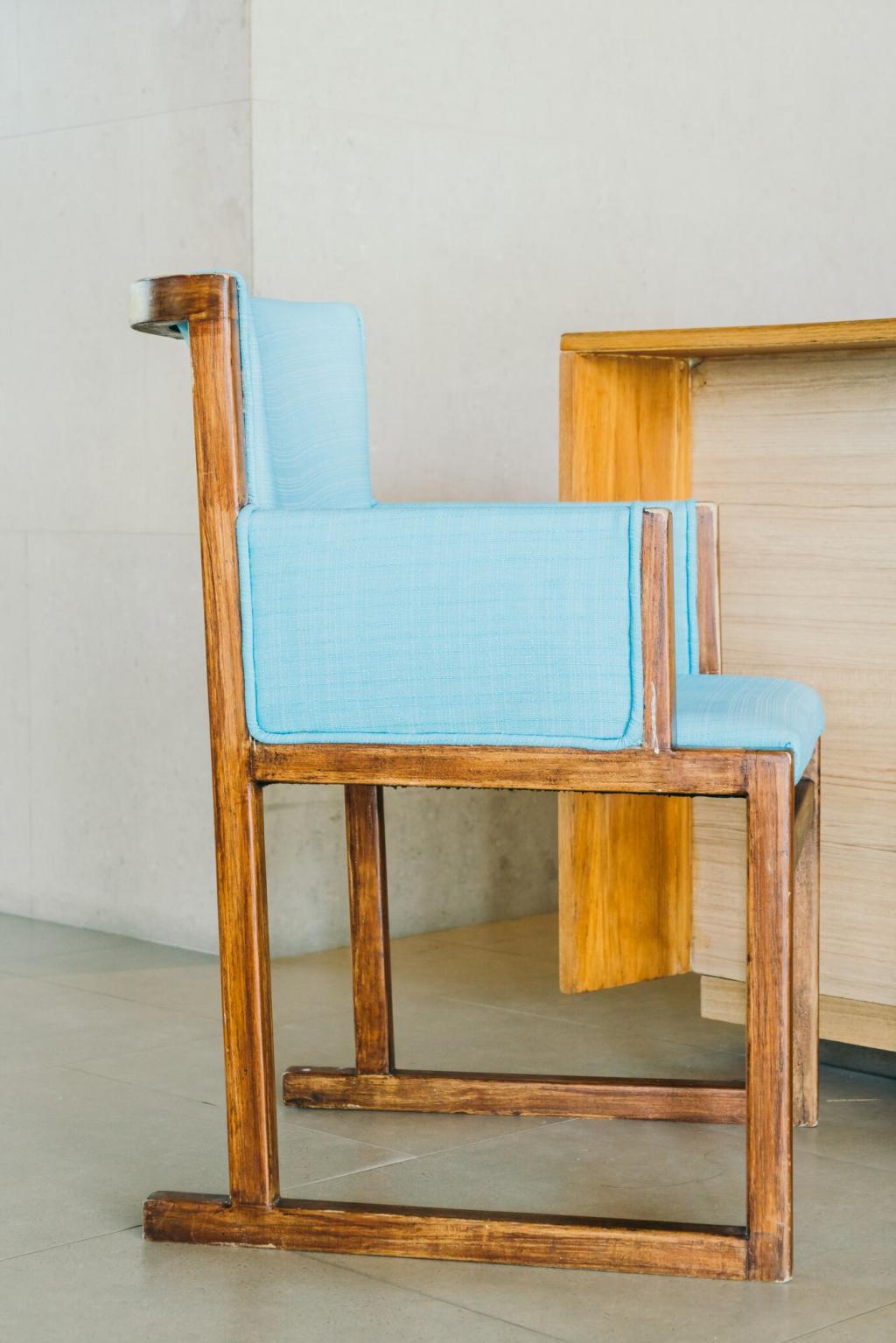The History and Evolution of Upcycling Furniture
Upcycling furniture has become a significant movement within sustainable living, blending creativity, environmental consciousness, and design. The practice involves transforming discarded or unwanted pieces into functional, aesthetically appealing items. With roots that stretch back centuries, upcycling has continually evolved, incorporating both traditional wisdom and innovative modern techniques. As global conversations about sustainability intensify, upcycling furniture stands out as a powerful example of reimagining waste, minimizing environmental impacts, and expressing personal style. Understanding its history and ongoing transformation reveals much about how we approach consumption, environmental responsibility, and craftsmanship in our daily lives.

Roots of Upcycling: A Historical Perspective
Early Traditions of Reuse
Scarcity and Resourcefulness During Wartime
Industrialization and Its Impact

